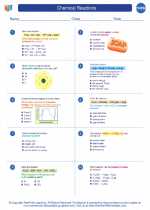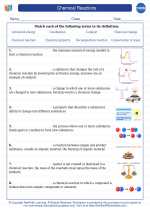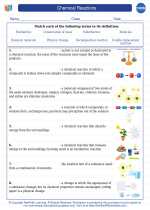Marine Environment
The marine environment refers to the collective ecosystem of the oceans and seas, including the physical, chemical, and biological components. It encompasses a wide range of habitats, from the sunlit surface waters to the deepest ocean trenches, and supports a rich diversity of life forms, from microscopic plankton to large marine mammals.
Physical Components
The physical components of the marine environment include factors such as water temperature, salinity, pressure, and light penetration. These factors vary with depth, latitude, and proximity to land, and play a crucial role in shaping the marine ecosystem.
Chemical Components
The chemical composition of seawater is vital for the survival of marine organisms. Important chemical components include dissolved oxygen, carbon dioxide, nutrients such as nitrogen and phosphorus, and trace elements. These factors influence the growth and distribution of marine life.
Biological Components
The biological components of the marine environment include a wide variety of organisms, ranging from phytoplankton and algae to fish, marine mammals, and seabirds. The interactions between these organisms, including predator-prey relationships, competition for resources, and symbiotic associations, are key drivers of the marine ecosystem.
Human Impact
Human activities, such as overfishing, pollution from industrial and agricultural runoff, coastal development, and climate change, have significant impacts on the marine environment. Understanding these impacts and implementing sustainable management practices is essential for the long-term health of the world's oceans.
Study Guide
- Describe the physical factors that influence the marine environment.
- Explain the importance of dissolved oxygen and nutrient availability in the marine ecosystem.
- Discuss the biodiversity of the marine environment, including examples of key marine organisms.
- Analyze the human impact on the marine environment and propose solutions for sustainable management.
By understanding the complex interactions between the physical, chemical, and biological components of the marine environment, we can work towards preserving and protecting this vital ecosystem for future generations.
.◂Chemistry Worksheets and Study Guides High School. Chemical Reactions

 Worksheet/Answer key
Worksheet/Answer key
 Worksheet/Answer key
Worksheet/Answer key
 Worksheet/Answer key
Worksheet/Answer key
 Worksheet/Answer key
Worksheet/Answer key
 Worksheet/Answer key
Worksheet/Answer key
 Vocabulary/Answer key
Vocabulary/Answer key
 Vocabulary/Answer key
Vocabulary/Answer key
 Vocabulary/Answer key
Vocabulary/Answer key
